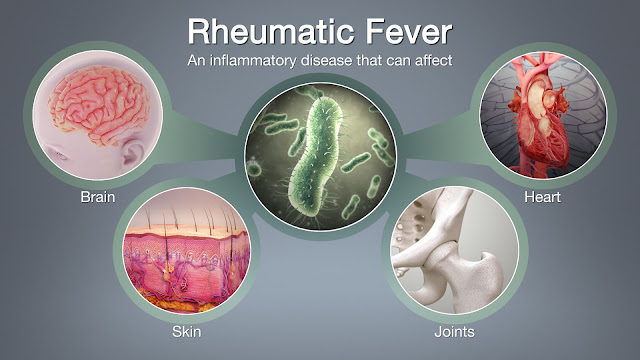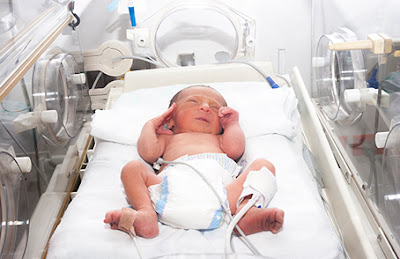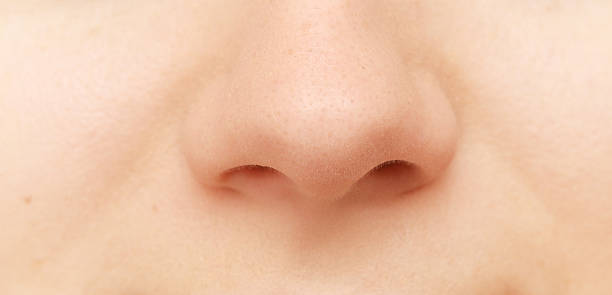Rheumatic Fever

Rheumatic Fever Rheumatic fever is more commonly found in developing countries. Due to cross sensitivity reaction due to group A & B haemolytic Strep. Develops 2-3 weeks after a streptococcal throat infection (U.R.T.I) Upper respiratory tract infection. Exact pathogen is not known. Oedema and fibrinoid of collagen. Aggregation of lymphocytes and macrophages Aschoff's bodies form Mac Callam's plagues. Streptococcal Sore Throat need to be handled carefully because, left untreated, it can lead to rheumatic fever with involvement of the joints and the heart. Symptoms : The patient has fever, a sore throat, pus points on the tonsils, and enlargement of the lymph nodes below the jaw, but no running nose, cough or redness of eyes. Treatment : You doctor may like to take a throat swab and do a blood test (A.S.O titre) to further substantiate the diagnosis Children with tonsillitis are given a course of antibiotic. Introduction Rheumatic fever can be a






